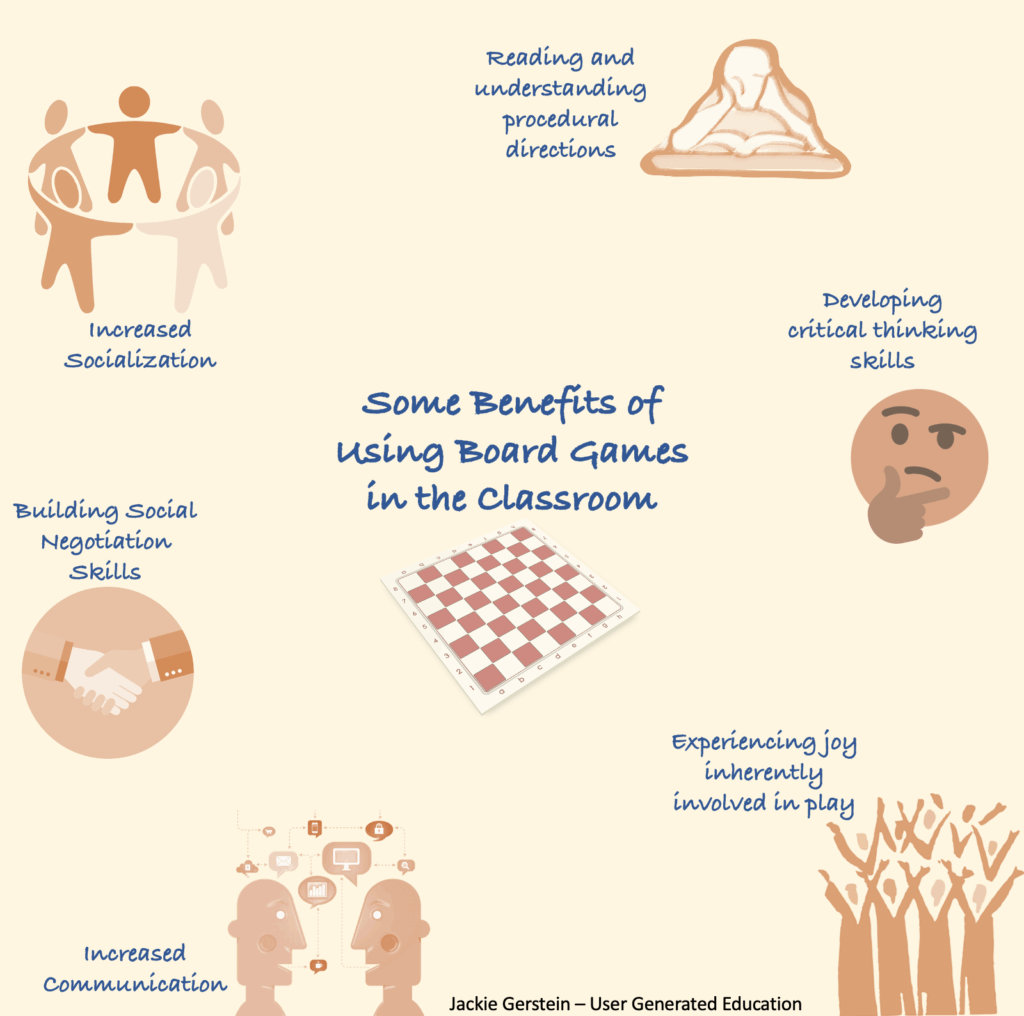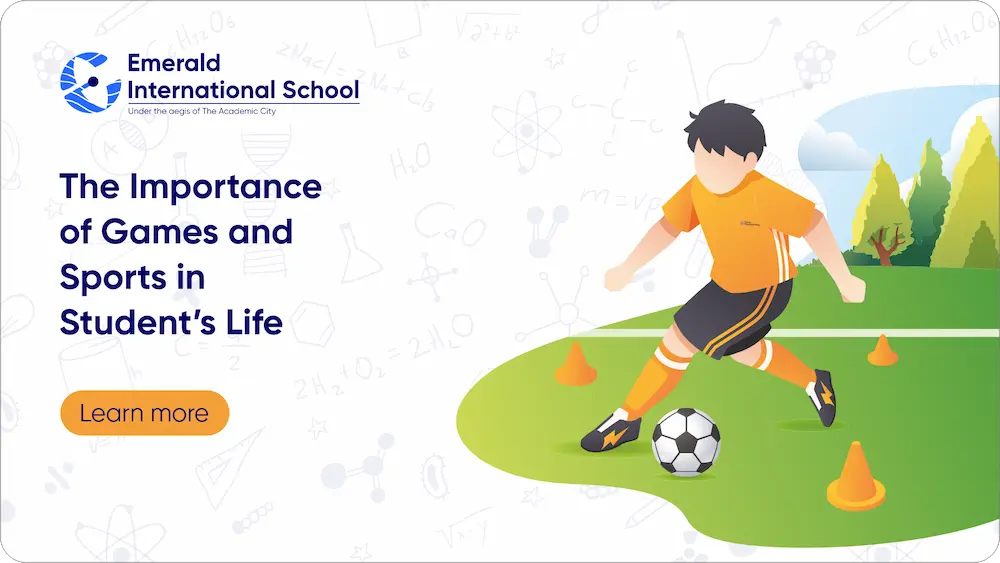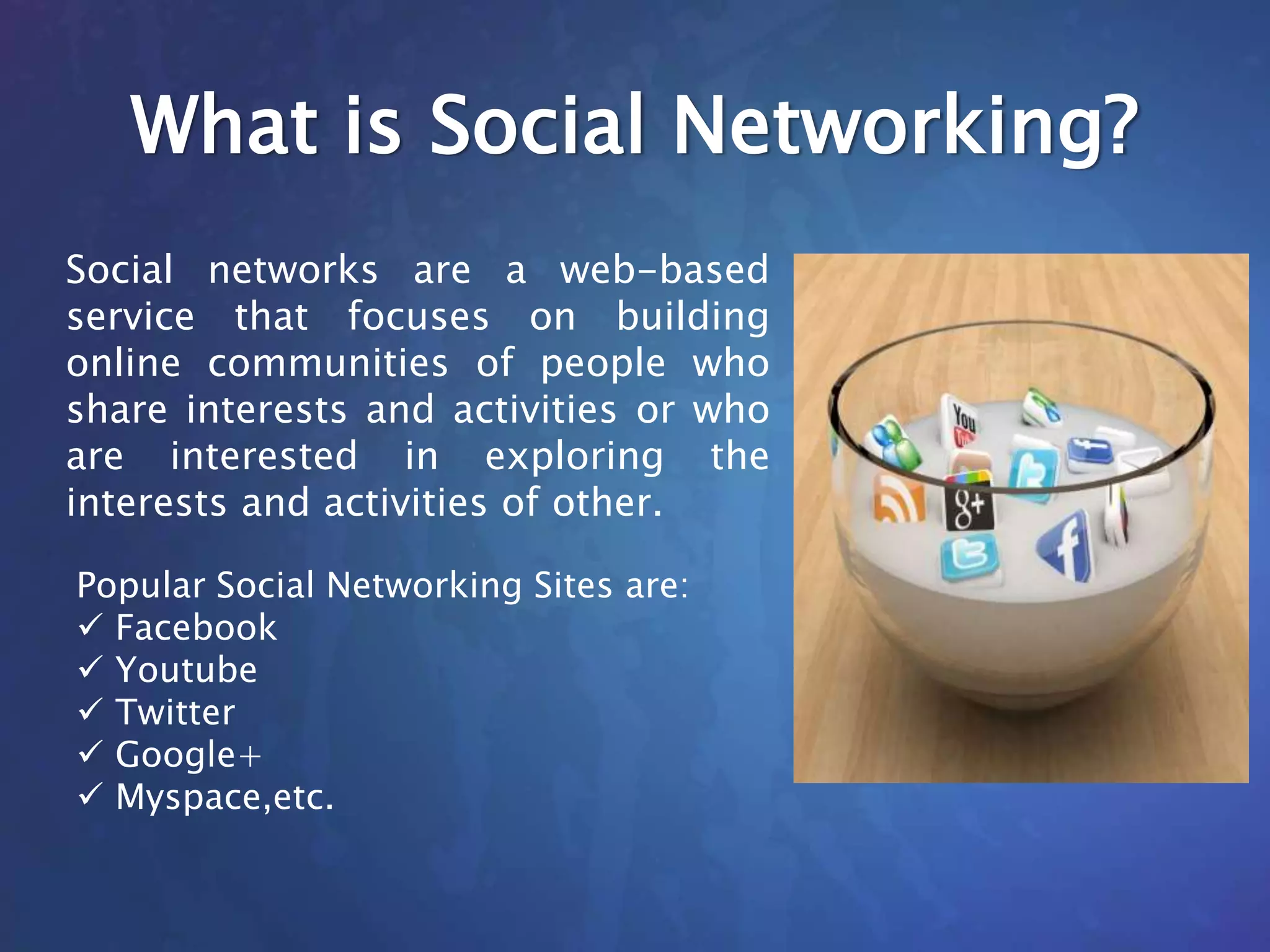
What was the role of games in education?
Introduction
Games have been part of human culture for millennia. In recent decades, educators and researchers have increasingly considered how games—whether traditional, board, digital, or mobile—can be used not just for entertainment but as tools for learning. “Game‑based learning,” “educational games,” “gamification,” and related terms describe efforts to use game elements or whole games to improve teaching and learning.
This article explores what roles games play in education: their theoretical grounding, how they work in practice, what benefits (and drawbacks) have been found, and what factors influence their success.
Theoretical Foundations
To understand the role of games in education, it’s useful to look at some learning theory:
- Constructivist Learning Theory
This holds that learners build knowledge more effectively when they construct new ideas in relation to what they already know. Games often provide contexts where learners explore, experiment, make mistakes, and adjust (“learning by doing”). - Motivation Theory
Games naturally include features that support motivation: challenge, feedback, rewards, goals, progression. Theories of intrinsic vs. extrinsic motivation suggest that when learners see meaning, feel autonomy, have goals, games can enhance learners’ internal drive. - Cognitive Load Theory
Learning is optimal when information is presented in ways that don’t overload the working memory. Good educational games can help by making the learning process interactive, dividing tasks, scaffolding difficulty, allowing learners to proceed at their own pace. - Social Learning / Collaborative Learning
Many games offer opportunities for interaction: peer competition, cooperation, group problem solving. Vygotsky’s ideas about the Zone of Proximal Development (ZPD) suggest learners benefit when they can engage with more knowledgeable others; games can facilitate that, especially multiplayer or teacher‑led settings. - Feedback and Assessment
Games often provide immediate feedback or adaptive feedback loops. This helps learners correct misconceptions as they go. Also, games can embed assessment (sometimes called “stealth assessment”) without making it feel like tests.
Types of Educational Games / Game‑Based Learning
Games in education come in various forms. Some types:
- Board games, card games, physical games: Useful especially at young ages, or when physical movement is desirable (e.g. to develop motor skills, coordination, social skills).
- Digital games / video games: Computer, console, or mobile games. Can simulate complex systems, provide immersive experiences, adapt difficulty.
- Mobile apps / serious games: Games designed with explicit educational goals—e.g. language learning apps, math problem games, science simulations.
- Gamification of learning: Not full games, but applying game elements (badges, points, leaderboards, story/narrative) to otherwise non‑game learning settings.
- Interactive games in language learning: E.g. games to teach vocabulary, grammar, pronunciation, etc.
How Games Support Learning: Key Roles and Benefits
Here are the principal ways that games contribute in educational settings, supported by empirical findings.
- Motivation & Engagement
- Games attract attention: The narrative, graphics, interactivity, challenges engage students more than passive lectures.
- Increased willingness to participate: Studies show game‑based learning helps students feel more willing to communicate and participate, especially in language learning contexts. (newjournal.org)
- Sustained engagement, persistence: Because games often have built‑in incentives, immediate feedback, reward systems, learners are more likely to persist through difficult parts. (India Today)
- Cognitive Skill Development
- Critical thinking, problem‑solving: Many games require strategic thinking, making decisions, solving puzzles. These map well to higher‑order thinking. (InLibrary)
- Memory retention and recall: Active learning with games tends to improve retention versus passive learning because learners are more involved. (Sparktop School)
- Learning of subject matter: Games have been used in many domains—mathematics, science, language: teaching vocabulary and grammar in EFL (English as a Foreign Language), for example. (grnjournal.us)
- Social & Emotional Benefits
- Collaboration and communication: Group games or multiplayer games foster cooperation, discussion, peer learning. (InLibrary)
- Emotional engagement: Games often create experiences involving curiosity, surprise, challenge—and can reduce anxiety around learning.
- Self‑confidence: When learners succeed in games, this boosts their self‑efficacy.
- Differentiation, Personalization, Inclusivity
- Adaptable difficulty: Many games adjust in difficulty based on the learner’s performance. This helps avoid both boredom (if content is too easy) and frustration (if too difficult).
- Catering to different learning styles: Visual, auditory, kinesthetic learners can all find parts of games that suit them. Digital or mobile games can include multimedia, interactive simulations.
- Inclusivity: Because games can engage learners who may not thrive in traditional, lecture‑based models (for example, more hands‑on learners, learners with different pace). (brajets.com)
- Real‑World Application & Contextual Learning
- Simulations / scenario‑based learning: Games can simulate real‐life situations where learners apply theory in practice, which helps transfer of learning.
- Storytelling, narrative integration: Embedding stories into games helps learners understand context, see relevance, which improves retention. (usajournals.org)
- Formative Assessment & Feedback
- Immediate feedback: Unlike some traditional methods where feedback is delayed, games can show immediately whether a student’s choice was good or not, helping correct misconceptions.
- Safe failure: Games allow learners to make mistakes in a low‑stakes environment, try again, learn from error.
Empirical Evidence / Studies
Here are some concrete studies and findings that illustrate the effectiveness of games in educational settings:
- Effect of digital game‑based learning at primary level (Pakistan): A study with grade‑5 students found that digital game‑based learning (DGBL) significantly enhances motivation and engagement. (Pjer)
- Game‑based learning improving education and student learning (elementary school): Found that games help students with diverse backgrounds, intelligences, and learning styles; learning is more sustainable because students are more interested. (brajets.com)
- Mobile game applications: Reviews have shown that mobile educational games positively affect learning outcomes, attitudes, language development, critical thinking, and imagination. (NCERT Journals)
- Interactive games in grammar/vocabulary for EFL learners: Increased engagement, active learning, adaptability to learning styles; helps in both grammar and vocabulary learning. (bestpublication.org)
Challenges, Limitations, and Criticisms
While games offer many benefits, there are also challenges and potential drawbacks. Understanding these is essential for effective implementation.
- Design Quality and Alignment with Learning Goals
- If game design is poor—e.g. too much focus on entertainment, unclear learning objectives, mismatch between difficulty and learner level—learning benefits may be reduced or lost.
- Some games may distract more than they educate, or reinforce superficial recall rather than deep understanding.
- Resource Constraints
- Costs involved in acquiring or developing good educational games (especially digital).
- Need for technology infrastructure (computers, tablets, reliable internet, electricity) especially in less‑resourced settings.
- Teacher training: many teachers are not familiar with effective game design or how to integrate games pedagogically.
- Equity and Access
- Not all students have access to devices or stable internet.
- Some games require expensive hardware.
- Overemphasis or Misuse
- Risk that games are used as “fun add-ons” rather than well‑integrated tools. If used poorly, might lead to fragmentation of curriculum, or lack of coherence.
- Possibility of addiction or overuse, especially with unsupervised digital games.
- Potential distraction: games can sometimes lead students off‑task if not well managed.
- Assessment of Learning Outcomes
- Measuring the impact of games is not always straightforward. Some benefits (motivation, engagement) are easier to observe than others (critical thinking, transfer to new tasks).
- Longitudinal evidence is less abundant: we need more studies that follow learners over time to see if gains are sustained.
- Cultural Relevance and Appropriateness
- Games often developed in one cultural or linguistic context may not translate well to another without adaptation.
- The themes, narratives, settings must be culturally sensitive and relevant to the learners.
Key Factors for Effective Use of Games in Education
To maximize the positive role of games, several conditions or best practices seem important, based on research and practitioner experience:
- Clear Learning Objectives
Games must be designed or selected in line with what the teacher wants students to learn—not just for engagement. The learning outcomes should shape the game mechanics. - Balance Between Fun and Learning
Engagement should not come at the cost of learning. Good games integrate challenge, reward, feedback, but also content, thinking, reflection. - Scaffolding and Adaptive Difficulty
Support learners when they need (hints, tips), and allow more advanced learners to progress. Adaptive games help individual learners. - Teacher’s Role
Teachers need to facilitate: help connect game experiences to curriculum, debrief after game play, guide reflection, monitor understanding. Teachers are not replaced by games; they integrate and mediate. - Integration into Curriculum, Not Standalone
Games work best when embedded into larger learning sequences—not just occasional “fun” periods but integrated with other instructional methods. - Feedback and Assessment
Use the feedback features of games, plus traditional assessments, to monitor progress. Reflection with students about what they learned from the game is useful. - Access & Infrastructure
Ensuring that learners have necessary hardware/software, that technical issues are minimized. Also ensuring that games are accessible (e.g. for learners with disabilities). - Cultural Relevance
Games should match learners’ cultural backgrounds, languages, familiar contexts, to be more meaningful and reduce resistance. - Sustainability and Scaling
For widespread adoption, costs, support, teacher training, maintenance are important. Evaluations over longer periods help assess sustainability.
Case Examples
Here are a few examples from recent research to highlight how games are being used and what has been found.
- In Pakistan, a study on Grade‑5 students showed that digital game‑based learning significantly improved student engagement and motivation. (Pjer)
- In mobile learning contexts, educational mobile game applications have been linked to increased critical thinking, emotional development, intelligence, imagination. (NCERT Journals)
- In language learning (EFL), interactive games (including vocabulary/grammar games) help learners, especially younger ones, become more willing to communicate, participate, and acquire language skills more effectively. (newjournal.org)
Implications and Future Directions
Given the positive findings and the challenges, what are the implications for policy, practice, and research?
- Policy and School Leadership
- Schools and educational authorities should consider investing in infrastructure (devices, connectivity).
- Support teacher training on how to use games in instruction, how to choose or design good educational games.
- Incorporate game‑based learning into curricular frameworks and standards, so it isn’t just optional.
- Research Needs
- More longitudinal studies: to see if game‑based learning effects persist over time (beyond immediate post‑tests).
- Deeper studies on transfer: do skills learned in game context transfer to new situations?
- More rigorous comparative studies (games vs traditional methods, different kinds of games) to tease out which kinds are most effective in which contexts.
- Research in low‑resource settings: many studies are from more advantaged settings; we need to know how to adapt games where resources are limited.
- Design Innovation
- Designing games that are flexible, adaptive, culturally relevant.
- Blending physical and digital games (hybrid models), especially in areas with low digital access.
- Using storytelling, narrative, role playing to increase relevance and emotional engagement.
- Assessment & Evaluation
- Develop robust ways to assess not only content learning but also soft skills (collaboration, critical thinking) that games often foster.
- Include student feedback: what do learners perceive is working for them, what they like or dislike.
- Monitor unintended consequences (overuse, distraction, unequal access).
- Ethical & Practical Concerns
- Balance screen time, ensure games are age‑appropriate.
- Address concerns about content (violence, bias, cultural insensitivity).
- Ensure privacy, data security if games collect data.
Conclusion
Games in education are not a passing fad; they represent a powerful pedagogical tool with potential to enhance motivation, engagement, cognitive skills, and social/emotional learning. When used thoughtfully—aligned with objectives, well designed, integrated into curriculum, scaffolded by teachers—they can deepen learning in ways that traditional instruction often cannot.
However, their effectiveness depends heavily on design quality, context, teacher competence, and ensuring equitable access. The future of education likely includes a mix: traditional methods + well‑crafted educational games + gamified elements, tailored to learners’ needs and contexts.
Here is an approximately 1500‑word article on The Role of Games in Education—what games bring to learning, evidence of their effects, challenges, and how to do it well.
The Role of Games in Education
Introduction
In recent years, the idea of using games in education has transitioned from something merely experimental to a serious strategy in many schools, universities, nonformal settings, and online learning ecosystems. By “games,” I mean a wide variety: from board games, role‑plays, simulations, physical or outdoor games, to serious digital/online games, apps, and gamified learning systems. This article explores how games can support learning, what research tells us about their benefits and limits, and what factors impact their effectiveness.
Why Use Games in Education? The Rationale
Several theoretical and practical reasons underlie the interest in games for learning:
- Active Learning & Constructivism
Games often require learners to act, explore, experiment, make decisions, try, fail and try again. This aligns with constructivist ideas: learners build knowledge through experience, reflection, adjusting strategy. - Motivation and Engagement
One of the strongest arguments: games are fun. They can provide challenge, curiosity, feedback, rewards, progression—all of which boost intrinsic and extrinsic motivation. When learning becomes enjoyable, students are more likely to persist. Research shows game‑based learning increases motivation and engagement significantly. (shiken.ai) - Cognitive Benefits
- Game mechanics often demand problem‑solving, strategy, decision making, critical thinking.
- They can improve memory, attention, spatial reasoning.
- Games that adapt to learner’s pace help manage cognitive load.
- Social and Emotional Development
- Many games involve collaboration, peer interaction, negotiation, teamwork.
- They help with communication skills, socialization, empathy.
- Games can also provide emotional engagement, motivation, reduce anxiety by creating safe spaces for failure.
- Safe Learning Environment for Failure and Experimentation
In traditional education, failure can feel stigmatizing. Games often allow users to fail, learn from mistakes, retry without heavy penalties. This helps build resilience, growth mindset. - Real‑World or Practical Contexts
Simulations or narrative games can mimic real life (science labs, economics, health, environmental issues). This helps with transfer of knowledge (applying what’s learned in one context to new ones). - Differentiation & Personalization
Games (especially digital/serious games) can adapt to each learner’s level, speed, preferences. This allows learners with diverse abilities to progress appropriately.
What Research Shows: Evidence, Studies, Trends
Research over the past decade or more gives us a lot of data on how games do (or sometimes don’t) help.
- A systematic review and meta‑analysis of game‑based learning in early childhood education found that games have moderate to large effects on cognitive, social, emotional development, as well as motivation and engagement. (Frontiers)
- In Pakistan, a study of secondary school students found that game‑based learning (GBL) has a strong correlation with improvements in cognitive skills: better problem solving, critical reasoning, decision making. However, the same study found no strong evidence that GBL alone significantly improves affective/emotional aspects (feelings, attitudes) in those students. (ares.pk)
- Also in Pakistan, another work reported that digital game‑based learning enhanced engagement, improved skills like discovery learning, improved attention span, verbal and visual skills. (DL4D | Digital Learning for Development)
- Across higher education globally, a recent systematic review (2014‑2023) reports that educational games expand utility of digital games for motivation, knowledge gain, and skill building (collaborative skills, computational thinking, self‑management) among college/university students.
These studies suggest that games are especially strong at boosting motivation, engagement, cognitive/skill outcomes. Effects on affective/emotional outcomes are mixed: some positive, some modest. Long‑term impact (over years) is less well documented.
Benefits: What Games Offer in Education
Based on research and practice, here are the main benefits:
| Benefit | What it Gives Learners |
|---|---|
| Higher engagement & motivation | Students are more attentive, participate more; games reduce boredom. (India Today) |
| Improved retention & understanding | Learning by doing (interactive), seeing immediate results, making errors and feedback all help embed learning. (Frontiers) |
| Development of higher‑order thinking skills | Problem solving, decision making, critical reasoning, strategic thinking are frequently required. (ares.pk) |
| Personalized learning paths | Games can adjust level/difficulty, let learners move at their own pace. (DL4D | Digital Learning for Development) |
| Safe environment to fail | Learners can experiment, try different strategies, without real‑world consequences. Builds confidence. (DreamBox by Discovery Education) |
| Social / collaborative learning | Teamwork, peer negotiation, collaboration are often part of games, especially multiplayer or group games. (India Today) |
Limitations and Challenges
But games are not a magic solution; there are several pitfalls, limitations, and contexts where they are less effective.
- Design Quality and Alignment
If the game is poorly designed, or the mechanics don’t align with learning goals, then much of the potential is wasted. A fun game might not teach deep understanding. - Resource Constraints
- Digital games need hardware, software, reliable electricity and internet. Not always available in less privileged areas.
- Time: both to use games in class and for teacher preparation. Teachers often need training to integrate games effectively.
- Measuring Outcomes & Evidence Gaps
- Many studies measure short‑term gains; fewer following students over long periods.
- Emotional/affective outcomes (attitude, self‑esteem, anxiety) are trickier to measure and results are mixed.
- Transfer of learning (from game to different real‑world problem) is not always demonstrated.
- Equity and Access Issues
Learners without devices, or poor connectivity, may be disadvantaged. Also games developed elsewhere may not be culturally or linguistically appropriate for all students. - Potential for Distraction / Overuse
If not well‑managed, games can distract or encourage off‑task behavior. Also, there is a risk of overemphasis on reward systems that may shift motivation from internal desire to external reward.
What Factors Make Game‑Based Learning More Effective

To get the benefits, certain conditions or design features seem critical:
- Clear learning objectives: The content and skills the game seeks to teach must be well defined, and the game designed accordingly.
- Scaffolding and adaptive difficulty: Games should adjust to the learner’s level; provide support/hints; allow increasing complexity as the learner improves.
- Good feedback: Timely, informative feedback helps learners correct misconceptions and learn efficiently.
- Teacher’s role / Integration: Teachers should introduce games, guide debriefing, connect game outcomes back to curriculum, discuss what was learned. Games shouldn’t just be “fun break,” but tightly woven into instruction.
- Cultural / contextual relevance: Themes, language, examples in games should resonate with learners’ lived experience; otherwise engagement may suffer.
- Sufficient time & repetition: To allow learners to practice, repeat, reflect. Short games might boost motivation, but deeper learning often requires sustained interaction.
- Balanced use: Games as part of a larger pedagogical mix, rather than replacing all instruction. Traditional lecture, discussion, assignments etc still have roles.
Examples from Practice
- In Balochistan, Pakistan, secondary school students exposed to game‑based learning showed significant improvement in their cognitive skills—problem solving, critical reasoning, decision making. But the same study did not find strong improvement in affective outcomes (attitudes/emotions) solely from games. (ares.pk)
- Another study in early childhood globally found that game‑based learning in preschool/kindergarten improves literacy, numeracy, attention, social cooperation, emotional regulation, motivation. (Frontiers)
- A Pakistan study (Investigating the Impact of Game‑Based Learning) found that GBL helps with knowledge construction, decision making, strengthening attention spans, verbal/visual skills. (DL4D | Digital Learning for Development)
Implications for Policy and Practice
Given what is known, what should educators, school systems, policymakers, and game developers consider to make best use of games in education?
- Teacher training and professional development: Teachers need not just access to games, but skills in selecting/designing them, integrating them in lesson plans, facilitating, debriefing.
- Infrastructure investments: Ensuring availability of devices, stable internet/electricity; in low‑resource settings, maybe offline or low‑tech games are more feasible.
- Curriculum alignment: Game‑based learning should not be an “add‑on” but built into goals, assessments, standards.
- Monitoring and evaluation systems: Collect data on learning outcomes both short‑term and long‑term; including cognitive, affective, social skills; assess cost‑effectiveness.
- Inclusive design: Games should be designed for diversity and accessibility (language, culture, disabilities).
- Sustainability and scaling: Pilots are good, but for widespread change, cost, teacher buy‑in, support, maintenance, and updating games matter.
Conclusion
Games in education have large potential. The evidence strongly suggests that when done well, they increase motivation and engagement, improve cognitive and problem‑solving skills, help with retention, allow safe experimentation, and can support social/emotional development. They are not without challenges: design, resources, alignment, measurement, equity are real issues.
For educators and institutions thinking of using games, the message is: use them purposefully, with good design, integrate with other teaching methods, support teachers, ensure access, and evaluate. If those conditions are met, games can shift learning from passive reception to active, engaging, meaningful experiences.






